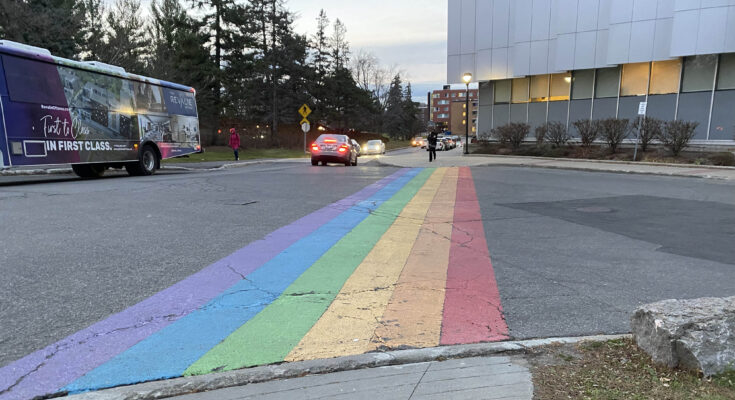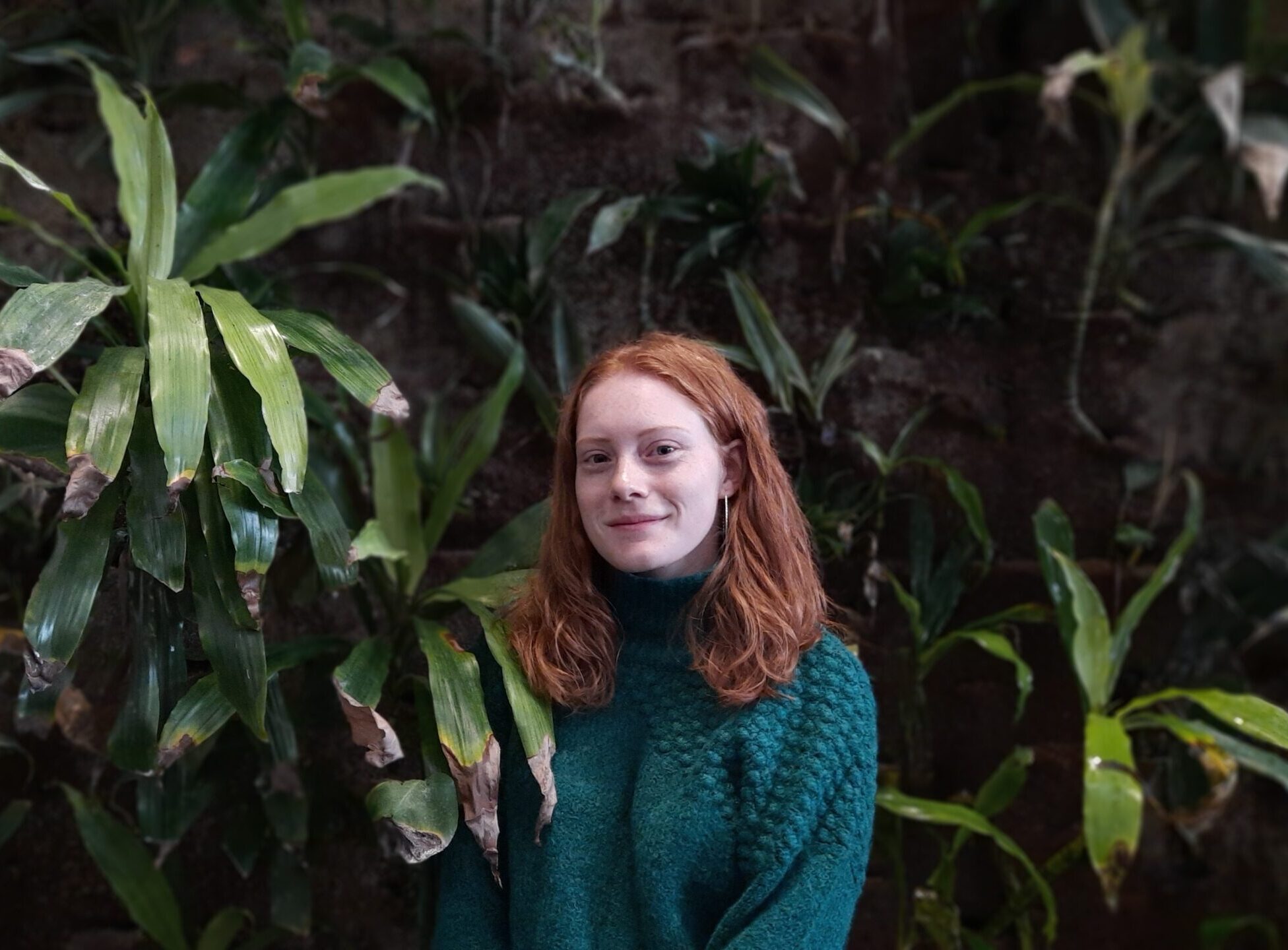By: Alex Dines
On Thursday, the Ottawa-Carleton District School Board held a webinar for students, parents and teachers about Transgender Day of Remembrance which is recognized every year on Nov. 20. The webinar featured LGBTQ speakers who discussed how to build community, ways to thrive as a member of the LGBTQ community and how to address anti-LGBTQ bullying in schools.
It’s this kind of programming within public education spaces that has attracted a lot of controversy recently.
As more youth identify as LGBTQ, school boards, teachers and organizations have incorporated LGBTQ topics into the curriculum with the goal of educating young people on sexuality and gender identity.
Ontario has slowly implemented these curriculum changes over the past seven years. But the question of whether schools should be facilitating conversations around sexuality and gender identity in their classrooms is contentious. Some feel these conversations sexualize children prematurely, while others are adamant children should be offered safe spaces to explore these questions at a younger age.
The recent school board trustee election in Ottawa reignited this conversation in communities across the city. As educators are increasingly placed at the centre of these debates, understanding the history and demand for teaching these topics becomes necessary.

The history of Ontario’s sexual education curriculum
The debate over Ontario’s sexual education curriculum is not new.
In 2015, former Liberal premier Kathleen Wynne updated Ontario’s sexual health education curriculum to include topics such as consent, sexual orientation and gender identity. Prior to this, the province had been using the 1998 curriculum, which predated the legalization of same-sex marriage in Canada and did not feature any discussion about LGBTQ issues.
During his 2018 run for premier, Doug Ford promised voters he would revert to using the 1998 curriculum until his Progressive Conservative government could install a new one that would be age appropriate and based on real consultation with parents. While this promise reignited a debate around what age-appropriate sexual education should include, the changes he implemented were not nearly as drastic as he had campaigned on.
In fact, Ford’s updated curriculum featured very few changes from Wynne’s. It made sexual orientation a mandatory topic in Grade 5 and gender identity a mandatory topic in Grade 8. The 2015 curriculum had previously taught both topics in Grade 6.
Last month in Ottawa, this debate lit up once again. The school board trustee election featured contentious races between candidates who supported and who opposed teaching LGBTQ issues in schools.
This debate was especially tense between candidates in the Rideau-Vanier/Rideau-Rockliffe zone, where Shannon Boschy chose to run against incumbent trustee Lyra Evans because he disagreed with her position on teaching LGBTQ topics in schools.
Boschy said COVID-19 and the lockdowns brought attention to the debate around teaching LGBTQ issues as parents “were finding out what their kids were being taught.”
While the challenges Boschy posed to Evans’ campaign gained significant media attention, Evans still won 54 per cent of the vote in her zone.
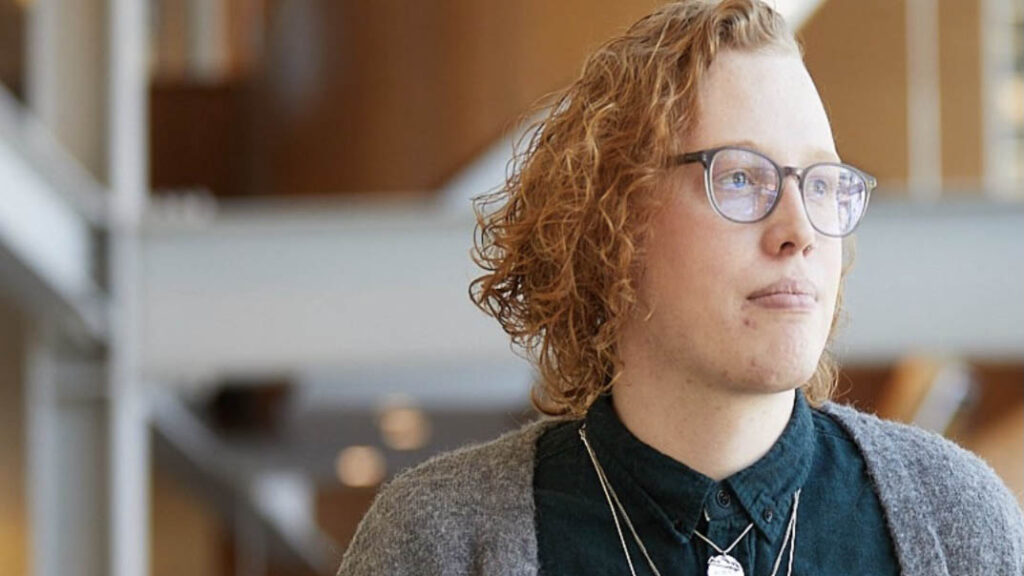
Has teaching about LGBTQ issues become the new normal?
Jaime Sadgrove is the manager of communications and advocacy at The Canadian Centre for Gender and Sexual Diversity. They said their organization hosted 300 workshops this year alone, both in schools and in the community.
Ten-thousand students aged 12 to 18 across the country attended the workshops, which focused on queer history, comprehensive sexual education and intersectionality. Sadgrove said their organization prioritized education as it “is our path to a future without discrimination.”
These numbers make it clear that interest for education on these topics is in high demand.
Gabbie Cruz has seen this interest in their own post-secondary education. They are studying childhood and youth studies at Carleton University, a program that attracts people interested in working with children. Cruz said LGBTQ issues, specifically queer education and inclusion, were “one of the main topics” discussed in their university classes. They said it was a welcome change from their time in Catholic school where they said LGBTQ issues were rarely talked about.
The Canadian Teachers’ Federation is also working to support teachers in facilitating LGBTQ positive conversations in the classroom. The organization published a booklet last year to support teachers when discussing LGBTQ topics in the class.
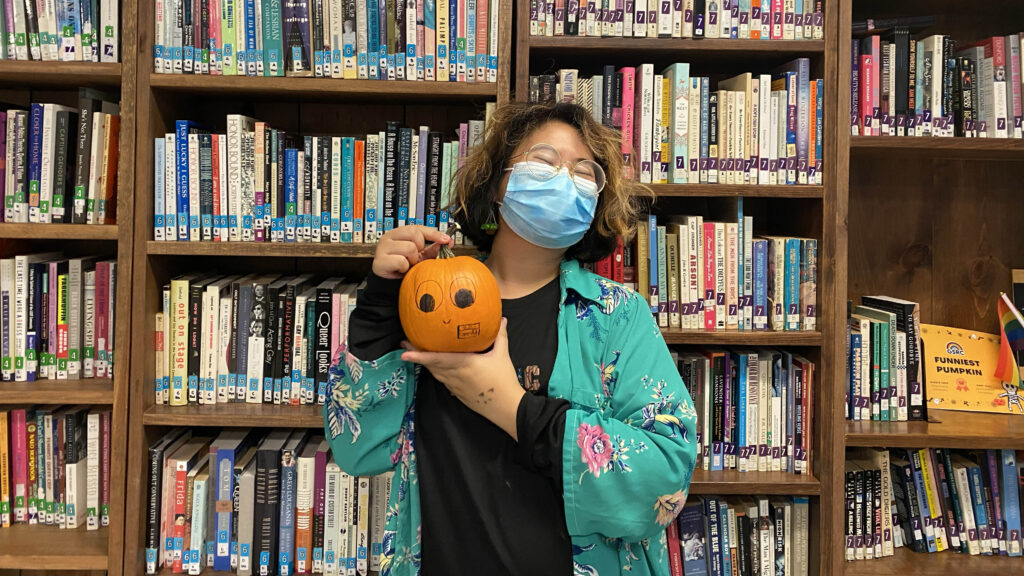
A changing world
At the heart of this debate is a disagreement on what role schools should play in creating spaces for children to explore sexual and gender identities, and at what age.
Some argue youth are leading the way when it comes to expanding conversations around gender identity, and schools need to catch up. Others blame schools for exposing youth to concepts they are too young to understand.
More young people are identifying as LGBTQ than ever before. A 2021 report from Statistics Canada found approximately one in 300 people aged 15 and older identified as transgender or non-binary. The study found the proportions of transgender and non-binary people were three to seven times higher in Generation Z, people born between 1997 and 2006, and Millennials, people born between 1981 and 1996.
According to the report, this gap exists because “younger generations may be more comfortable reporting their gender identity than older generations” and “the internet, along with social media and web-connected personal devices, may have contributed to the increasing awareness of gender diversity.”
Cruz agrees with this. “Kids know a lot more than the curriculum expects them to,” they said.
Having worked with children and youth at Ten Oaks, a summer camp for LGBTQ youth and children of LGBTQ parents, Cruz said they learned about different identities from younger campers. They said they believed “internet culture” to be the reason children are more knowledgeable than they were in high school.
Sadgrove believes the rising number of trans youth was a result of cultural norms shifting. “I think we are at a point where society is more accepting of trans folks than it has been in the past … and people who maybe had those feelings but pushed them away in the past feel like there’s something they can explore and something they can identify with,” they said.
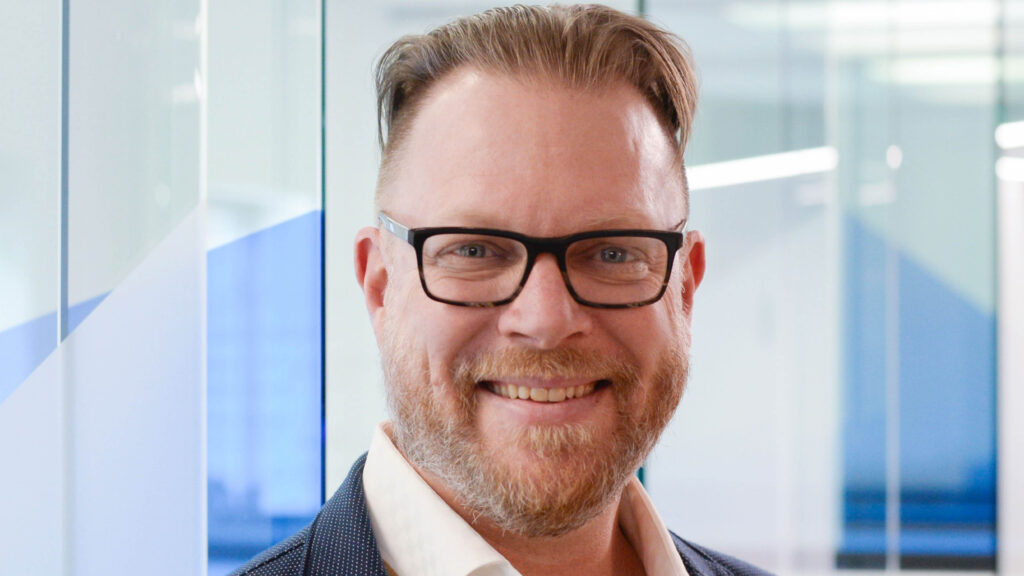
But Boschy and his supporters have a different understanding of the cultural shift.
For Boschy, it’s a question of nature versus nurture. He said he disagreed with the idea that children are identifying as trans or non-binary independently of the social contexts they spend time in. He blames schools and educators for encouraging what he says is a harmful social trend.
Educators and students are showing a growing need for these issues to be discussed in schools, and Evans thinks this has to do with why she won. She says she only came into contact with one openly anti-LGBTQ person face-to-face while campaigning. While opposition to teaching youth about LGBTQ attracts a lot of attention online, it’s a different story in person.
“[Being anti-LGBTQ is] not a popular position in my community,” Evans said.
